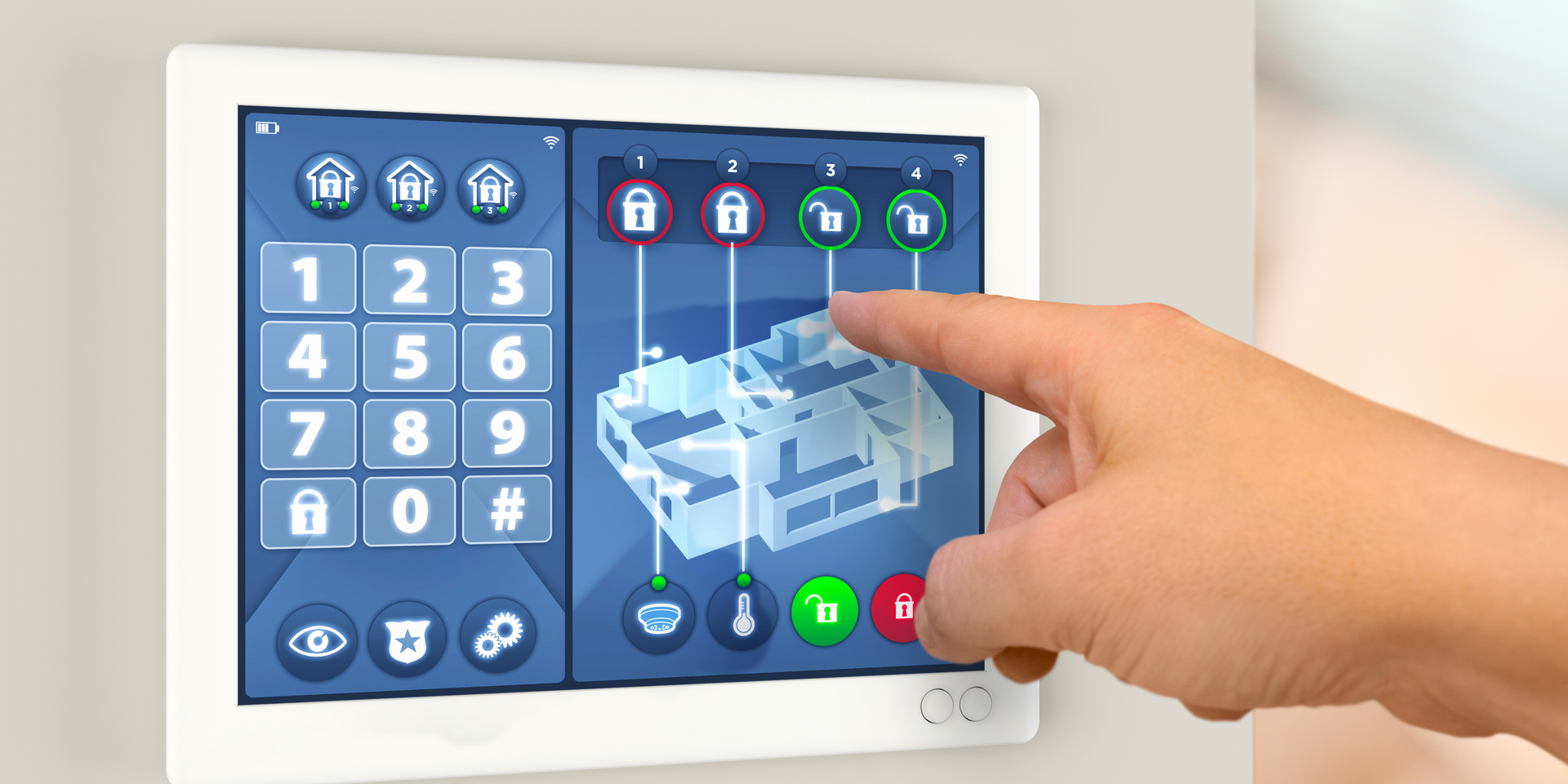OPC UA and OPC DA are both widely used in the field of industrial automation, but it is absolutely essential for anyone working in this industry to have a deep understanding of their distinct differences. OPC UA, with its advanced features and enhanced security protocols, has emerged as the go-to communication standard for modern industrial applications. On the other hand, OPC DA, although still prevalent in certain legacy systems, lacks the robustness and flexibility that OPC UA offers. Therefore, being well-versed in these differences will undoubtedly give you a competitive edge and ensure your success in the fast-paced world of industrial automation.
First and foremost, it is important to understand that OPC UA, which stands for "OPC Unified Architecture," is a highly robust and advanced protocol designed for seamless communication in industrial automation systems. On the other hand, OPC DA, an acronym for "OPC Data Access," is a predecessor that offers limited functionality compared to its counterpart. By utilizing OPC UA, businesses can benefit from enhanced security features, improved interoperability, and increased flexibility in exchanging data across various platforms and devices. It is essential to keep up with the latest technologies and embrace OPC UA as the go-to standard for reliable and efficient data access in industrial settings. The unparalleled advantage of OPC UA lies in its exceptional ability to provide an incredibly secure and remarkably reliable communication platform for seamlessly exchanging data between a vast array of diverse devices and systems. It offers unparalleled and state-of-the-art security features, such as robust encryption and strict authentication protocols, which makes it absolutely indispensable for use in highly sensitive industries like healthcare and finance.
On the contrary, OPC DA is an outdated version of the OPC standard that exclusively and unequivocally focuses on providing real-time data access capabilities. It is absolutely essential to use it to establish a strong and secure connection between a client application and a server in order to efficiently retrieve real-time process data from various industrial devices. On the other hand, it is essential to acknowledge that OPC DA does have a significant drawback in terms of its limited scalability. This can become particularly problematic when dealing with intricate data structures or attempting to access data over networks with low bandwidth.
In addition to the incredible real-time data access capabilities, OPC UA offers a multitude of other powerful functionalities that truly elevate its versatility above and beyond its predecessor. As an example, it unequivocally supports complex object-oriented models, provides robust methods for executing actions on remote systems (OPC UA methods), and allows effortless integration with web services.
In conclusion, it is imperative to acknowledge that while both OPC UA and OPC DA serve the purpose of facilitating communication in industrial automation settings, it is abundantly clear that OPC UA reigns supreme by surpassing OPC DA in every aspect imaginable. With its unparalleled advanced security features, unmatched versatility, and unwavering support for even the most complex data structures, OPC UA stands head and shoulders above its predecessor. Choosing OPC UA means choosing a solution that ensures utmost safety, unrivaled flexibility, and seamless integration for all your industrial automation needs.





